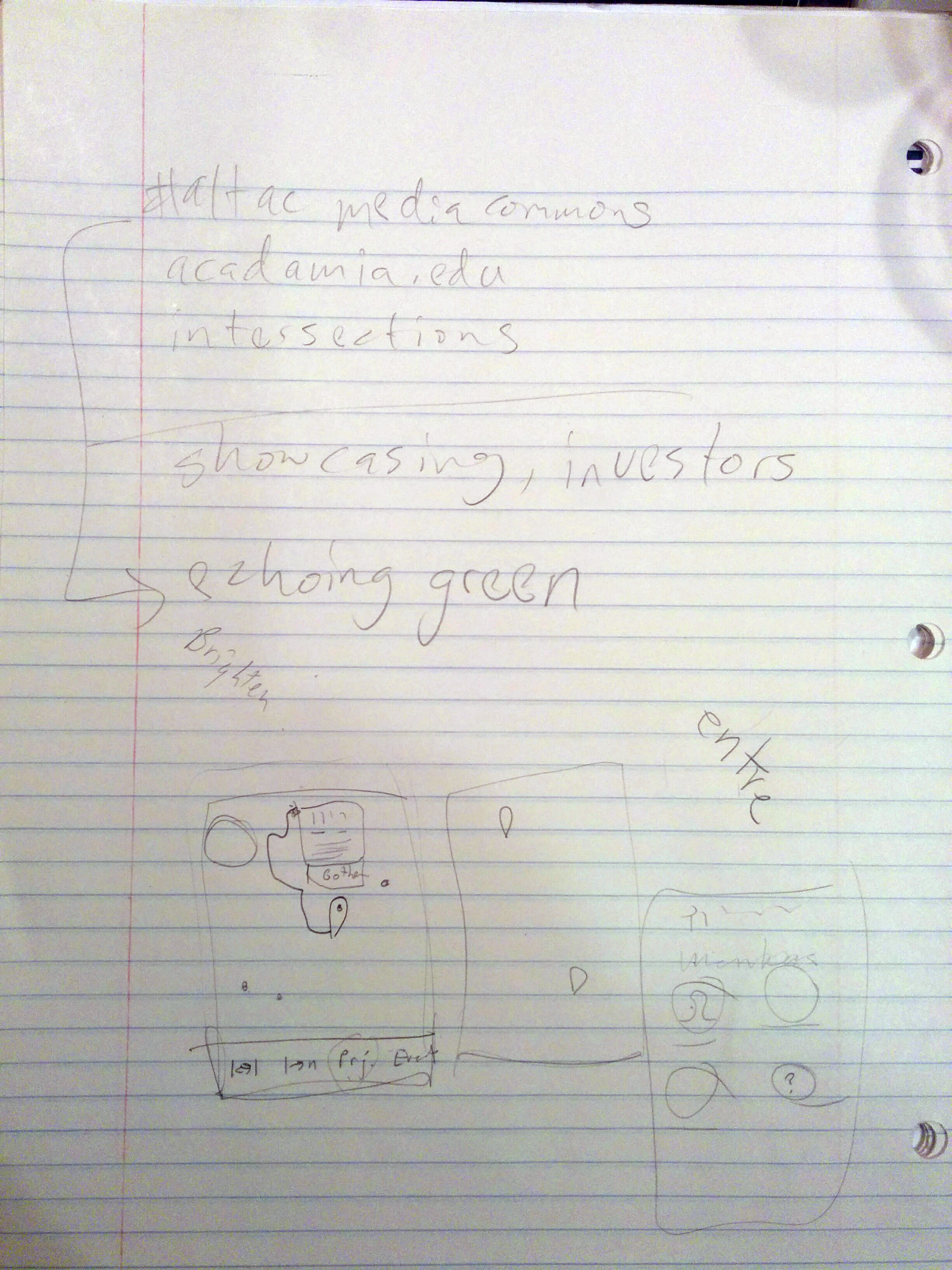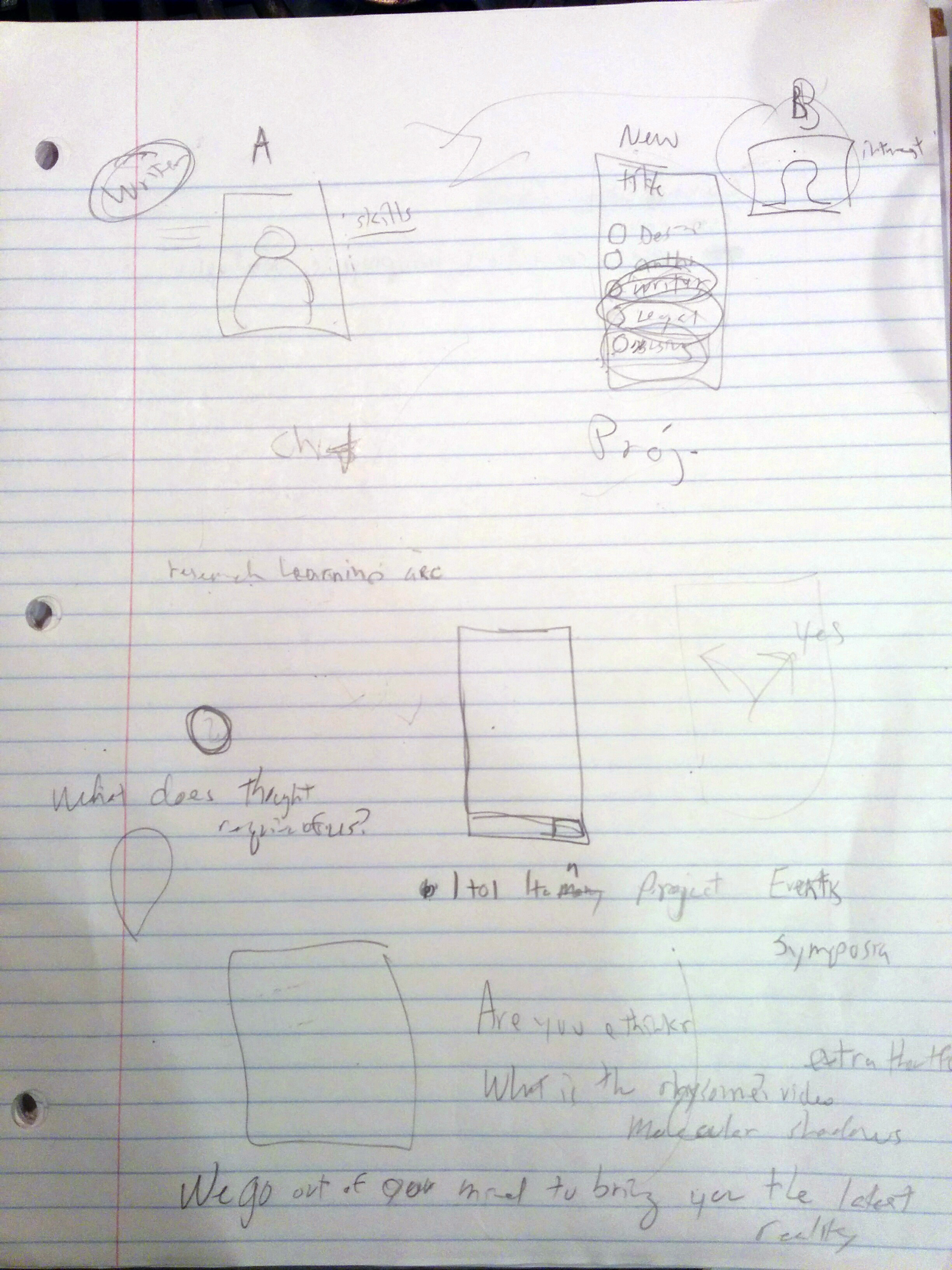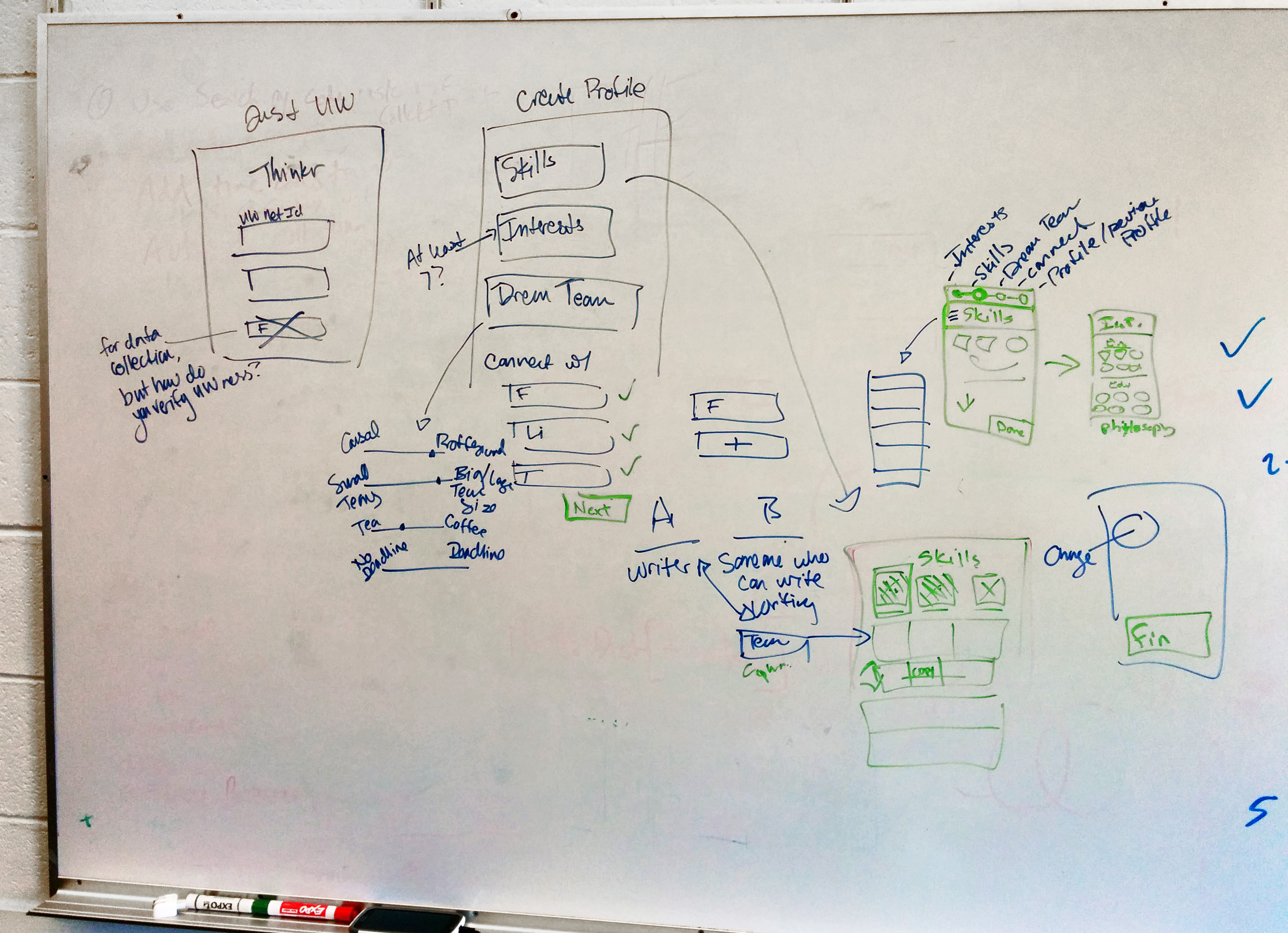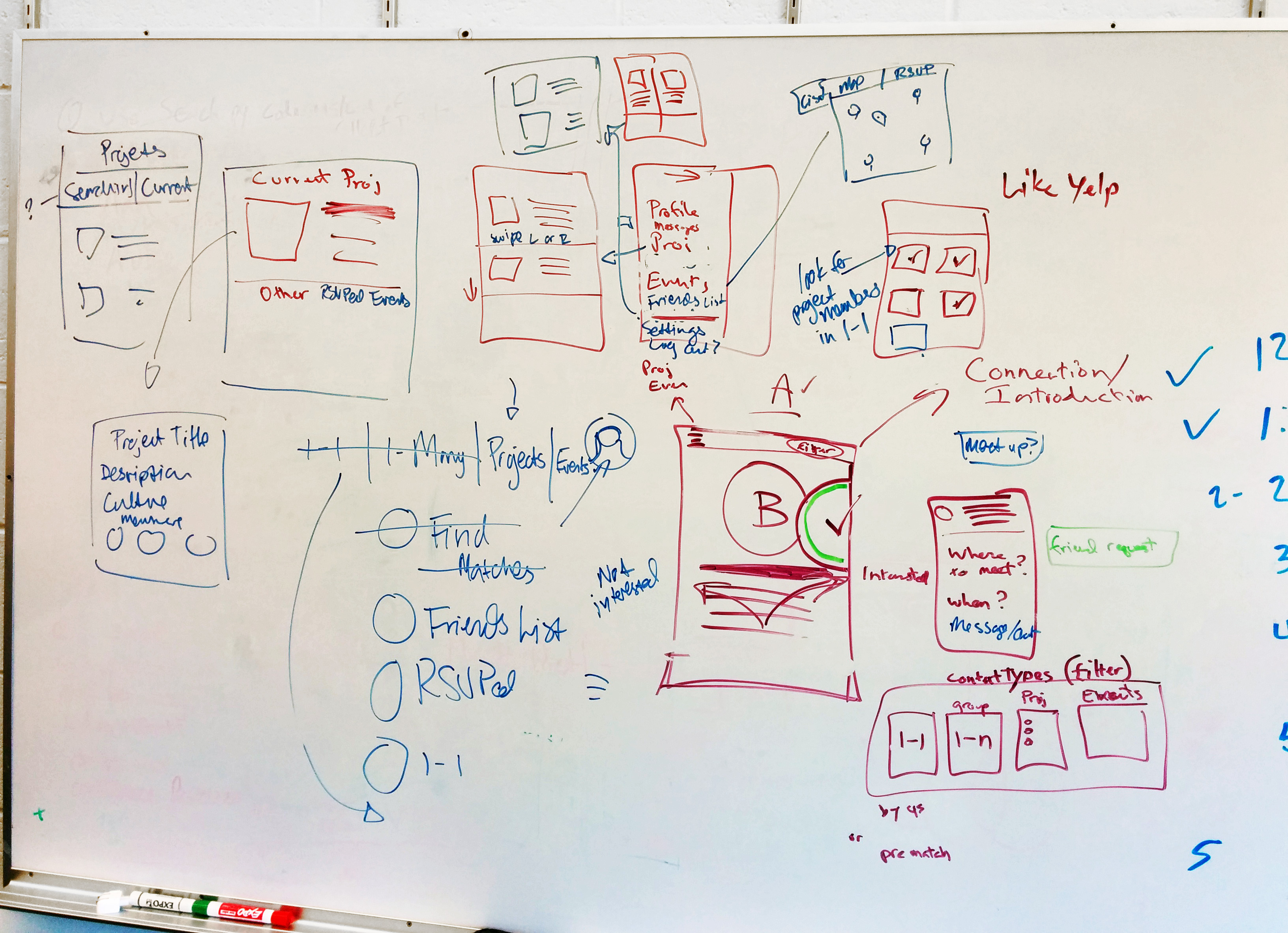 Thinkr App
Thinkr App Thinkr App
Thinkr App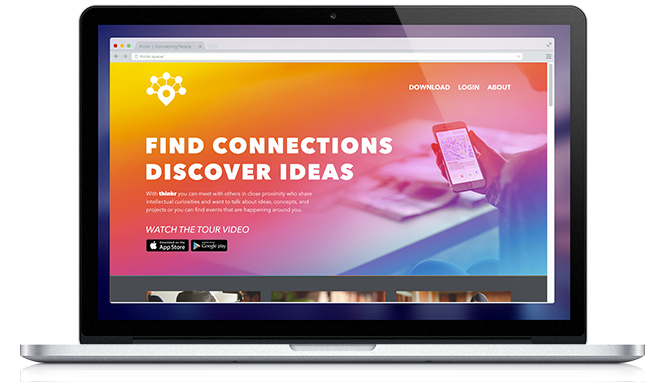 (opens in new tab)Thinkr is a mobile semi-location-based application prototype that facilitates project team development. It allows users to communicate with others, join idea-sharing meet-ups, and find projects and partnerships via a “slow networking” experience.
Thinkr is like Tinder for project team development.
Users can choose to start impromptu or scheduled meet-ups and others in close proximity can join. Users can post project ideas with a list of skills or positions needed. Users looking to join a project will be matched to projects based on their interests, skillset, and other factors. Matched users will be notified and prompted to meet up.
(opens in new tab)Thinkr is a mobile semi-location-based application prototype that facilitates project team development. It allows users to communicate with others, join idea-sharing meet-ups, and find projects and partnerships via a “slow networking” experience.
Thinkr is like Tinder for project team development.
Users can choose to start impromptu or scheduled meet-ups and others in close proximity can join. Users can post project ideas with a list of skills or positions needed. Users looking to join a project will be matched to projects based on their interests, skillset, and other factors. Matched users will be notified and prompted to meet up.
Click to view Interactive Web Mockups (opens in new tab)
I started this project independently after talking with fellow students after class about ways the conversation could continue after the class time is over. I conducted a user research study to better understand student’s experience with networking on campus. I created a whiteboard wireframe of top level navigation. I created brand material, marketing designs for a website, and business card. Two students were involved by offering feedback on concept and app organization in wireframing.
This project started with an idea. An iteration of that idea was sketched out in order to build research questions from which the full research report was directed. Using the results from the research a whiteboard app mockups were designed and a branding language was created using Illustrator and Photoshop. A mockups page was created to showcase the idea. You can see that page here: I am currently working on a digital wireframe prototype to later be used for a series of user testing. After reflecting on the results from the user testing, a higher fidelity prototype will be created.
Speaking from my own experience, networking and starting project teams among fellow students, at the University of Washington, can be a stressful and cumbersome experience. How do you navigate a university’s community, reaching outside of your own department, to build a team with the best cultural fit and complementary skills that is best suited for the project?
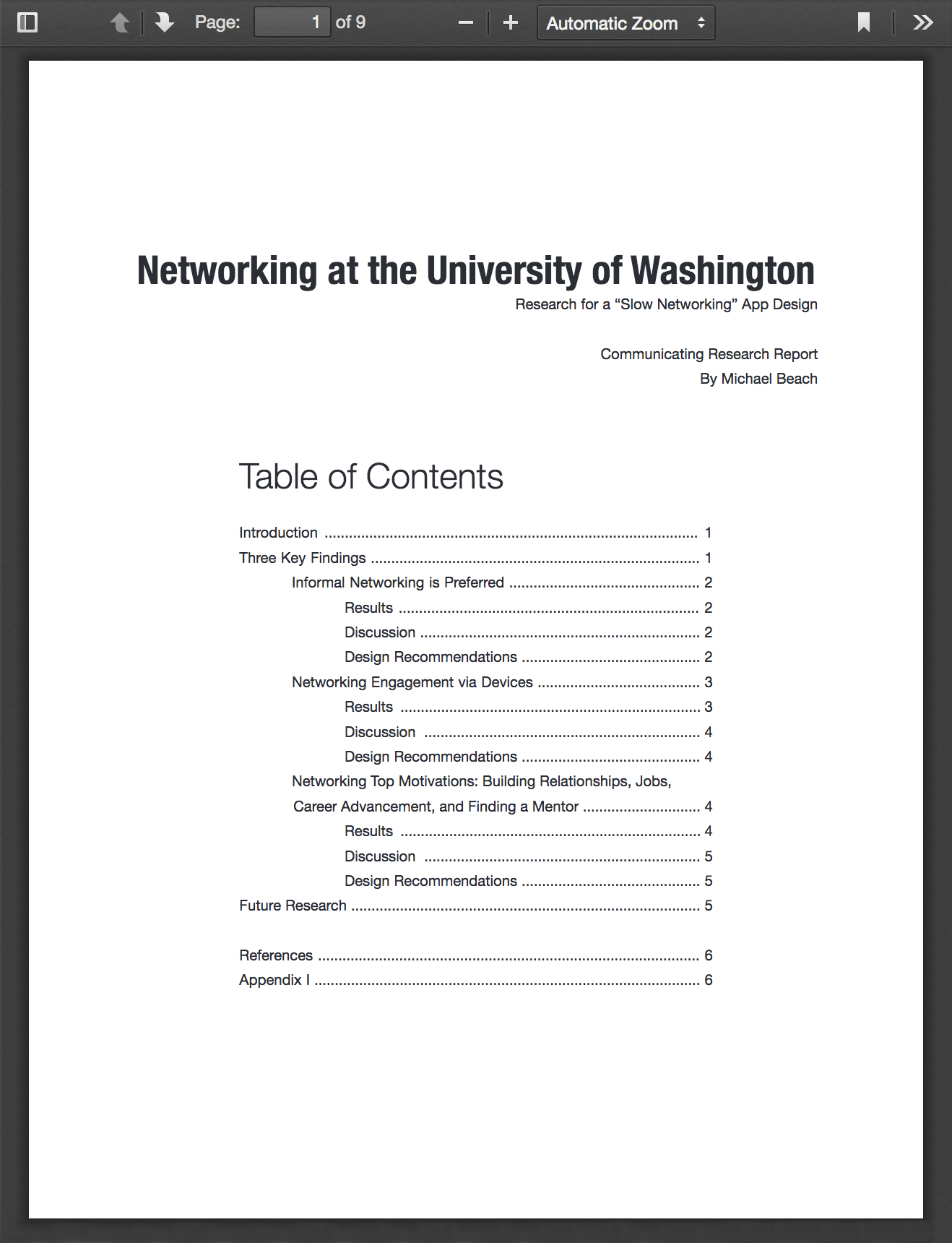 (opens in new tab)I conducted thorough research to better understand how students make networking decisions and navigate networking events. This included 3 “deep hanging out” field study sessions, 3 semi-structured interviews, and a survey that had 23 respondents. A report was written after each methodology.
The final data was complied and analyzed into a final written report. Three key findings were discovered: (1) Informal Networking is Preferred, (2) Networking Engagement via Devices, and (3) Networking Motivations - Building Relationships, Jobs, Career Advancement, and Finding a Mentor.
This research was used to inform the “slow networking” aspects of the application.
Click to see the Full Report (opens in new tab)
(opens in new tab)I conducted thorough research to better understand how students make networking decisions and navigate networking events. This included 3 “deep hanging out” field study sessions, 3 semi-structured interviews, and a survey that had 23 respondents. A report was written after each methodology.
The final data was complied and analyzed into a final written report. Three key findings were discovered: (1) Informal Networking is Preferred, (2) Networking Engagement via Devices, and (3) Networking Motivations - Building Relationships, Jobs, Career Advancement, and Finding a Mentor.
This research was used to inform the “slow networking” aspects of the application.
Click to see the Full Report (opens in new tab)
Thinkr’s target potential users are current and actively enrolled college students. Students are new to growing their network and have specific needs for networking. We are interested in clarifying the problem space and identifying possible solutions for the pain points through research, product-planning, and design development of Thinkr. Other potential users of Thinkr are anyone who is looking to create or be matched with project teams. The definition of project teams in this instance could be fairly abstract and the application could be used to connect people of all sorts of groups, for example: gamers, crafters, internal business team building, etc.
